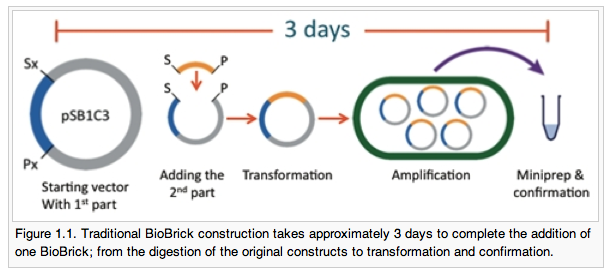We’ve made a lot of changes recently as we near our release, so I wanted to give a quick update on where things stand.
We’ve moved to using a silicone/kapton (pending testing) heater with an integrated thermistor for the heated lid so as to increase the ease of assembly & reliability. We’ve selected a copper heat block for the wells which has excellent thermal properties (high thermal conductivity and low specific heat), and is plated in chrome to protect the copper. We’ve placed the thermistor which measures heat block temperature inside the block to more accurately measure the block temperature, which has improved the thermal control dramatically. We’ve also optimized the air flow through the case/power supply to cool the heat sink more rapidly, thus improving cooling performance.
We’ve made a few changes to aid ease of assembly of our kits. We’ll be including an ATX power supply which has all cables other than the 24 pin motherboard connector removed to save room in the case. Due to the amount of surface mount components on our board which can be tricky to solder, we’ll be including pre-assembled circuit boards as part of our kit. We’ve also moved to the newer Arduino Uno, and are currently researching how we might leverage the new USB capabilities that it provides.
Tito and I are hard at work sourcing all the materials for our kit, which we plan on shipping mid-December. We have large lead times on some of the more custom or hard-to-find components, so our priority right now is getting our orders in. As such, some tasks such as documenting the design & assembly instructions have taken a back seat for the moment, but rest assured that when we begin shipping kits, there will be complete open source designs/bill of materials on our website for those of you that want to hack on your own. We’ve also started accepting pre-orders for our kits if you want to be assured of getting one of the first batch of units. Kits will include all the parts you need to build your own OpenPCR – you’ll just need some basic tools like screwdrivers.
We have plans for some great new things once we finally get past our OpenPCR ship date — stay tuned!

